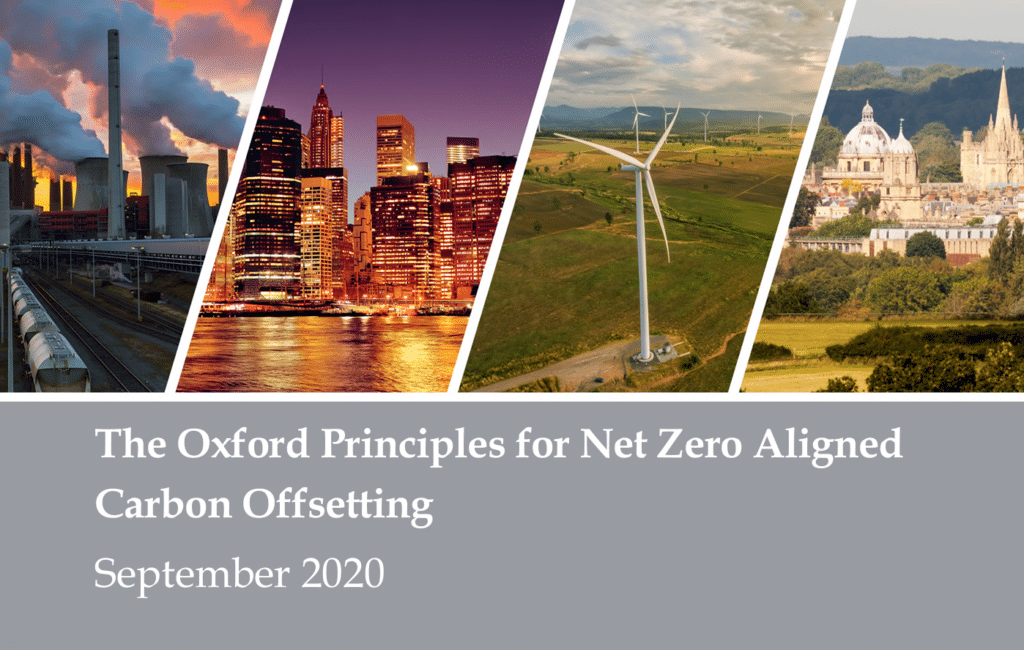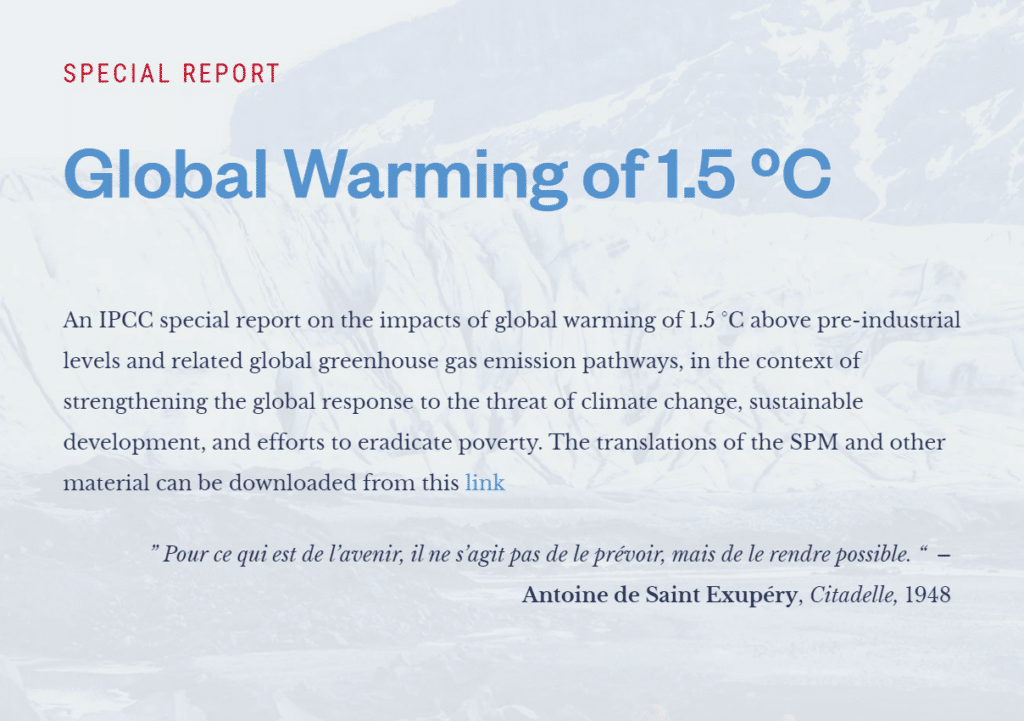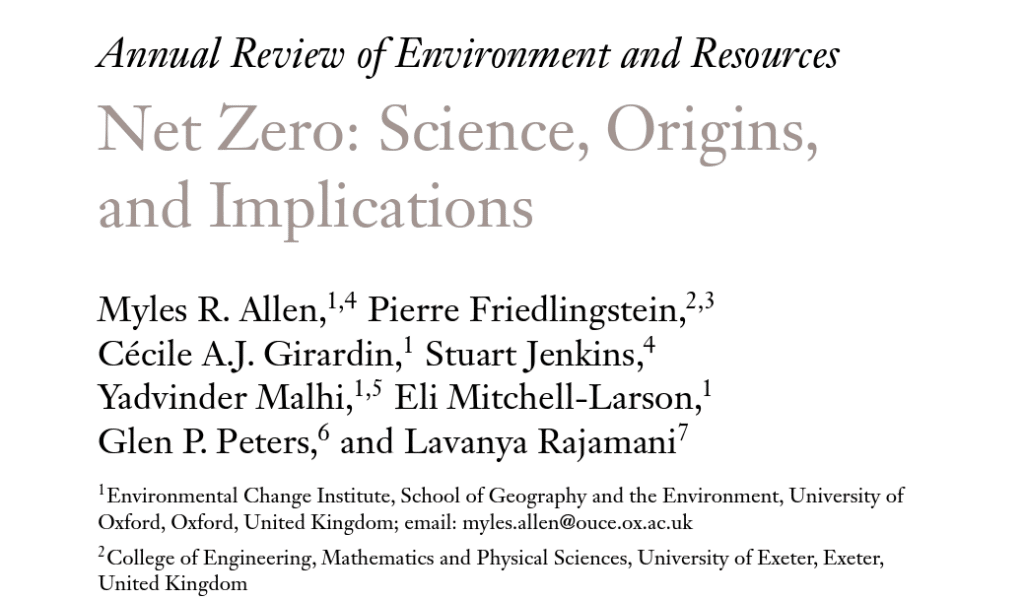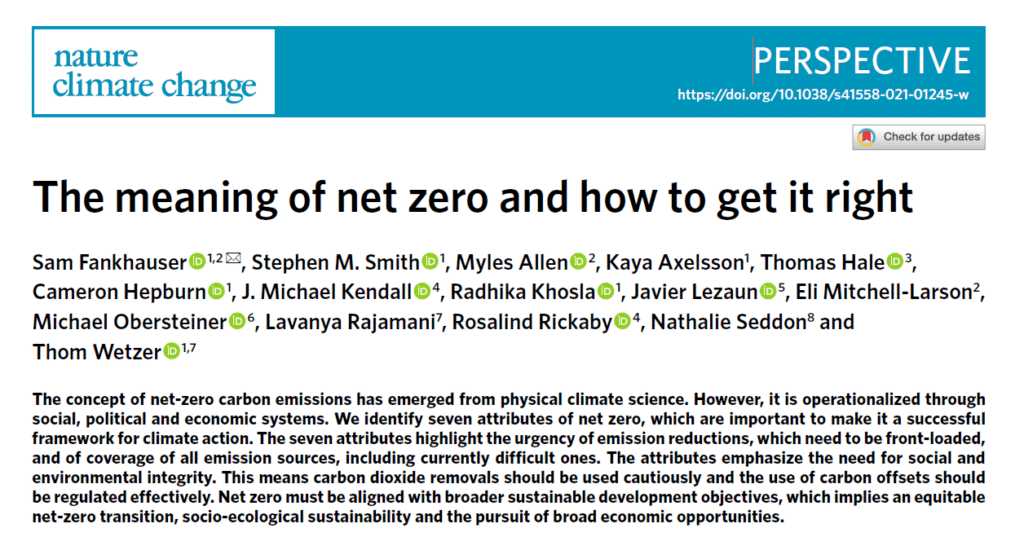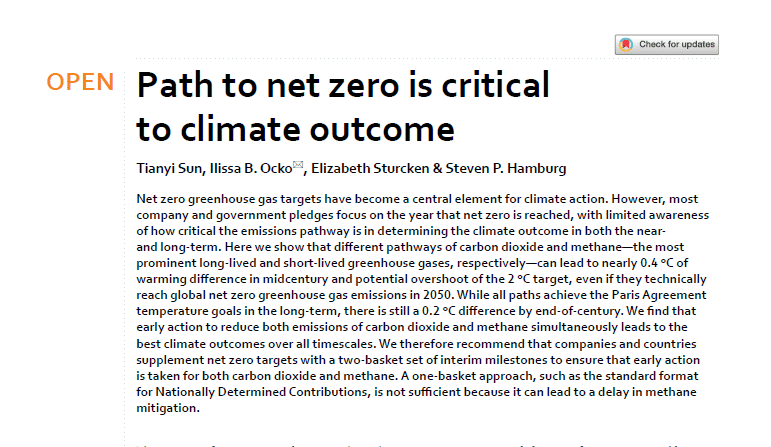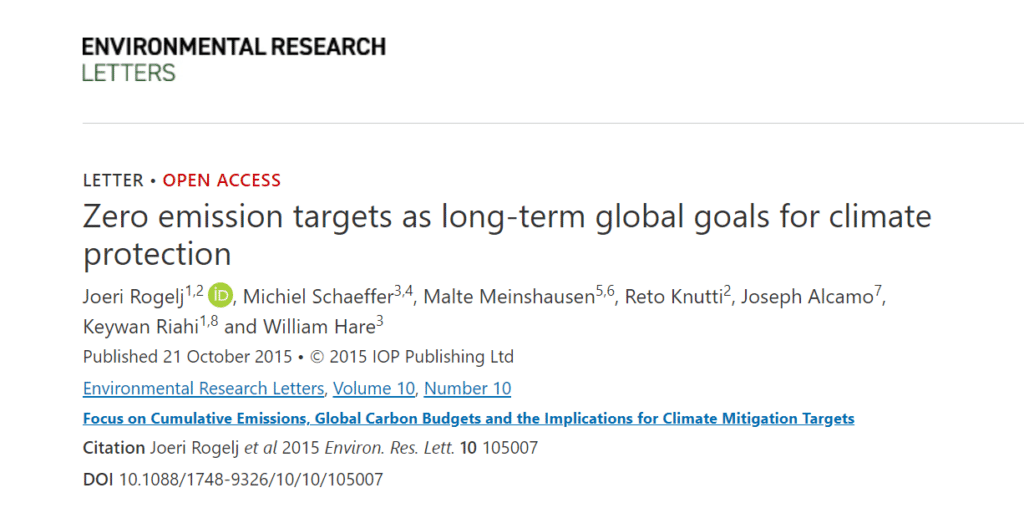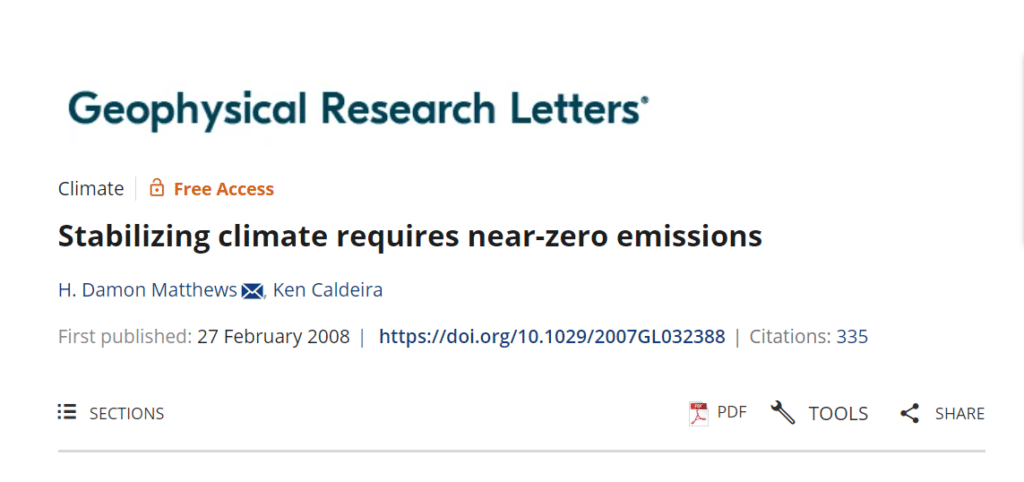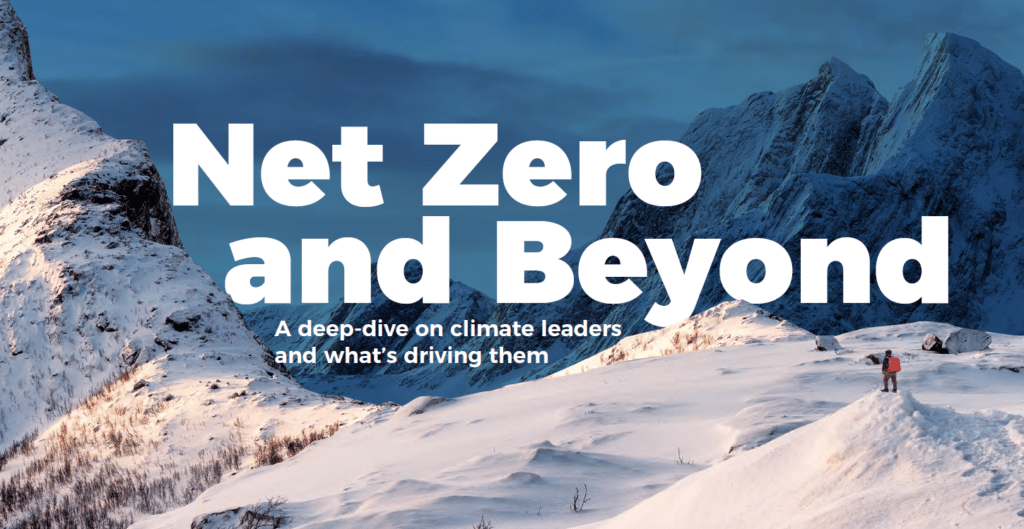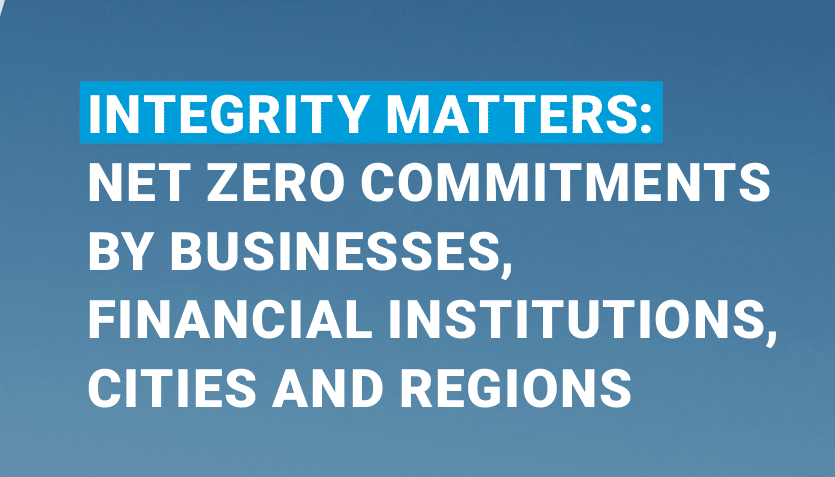“We identify seven attributes of net zero, which are important to make it a successful framework for climate action. The seven attributes highlight the urgency of emission reductions, which need to be front-loaded, and of coverage of all emission sources, including currently difficult ones. The attributes emphasize the need for social and environmental integrity.
“Governance, accountability and reporting mechanisms are currently inadequate. Long-term ambition is often not backed up by sufficient near-term action. Many entities have not yet set out detailed plans to achieve their pledges and are opaque about the role of carbon offsets in place of cutting their own emissions. The environmental and social integrity of some of these offsets is questionable. As a result, some advocates have accused these pledges of amounting to little more than ‘greenwashing’. These concerns do not negate the scientific logic of global net zero. However, they demonstrate the need for clear guardrails to ensure the robustness of net zero as a framework for climate action.
“Prioritizing emission reductions neither equates to ‘reduction only’, nor does it mean delaying the ramp-up of carbon dioxide removal. Most modelled pathways to meet the Paris Agreement involve a significant scaling up of removals. Given that many important technologies are still in their infancy, much investment is and will be needed to ensure that there are enough removal options for residual emissions. We need to make progress as fast as realistically possible on both emission reductions and removals.”
Citation: Fankhauser, Sam, Stephen M. Smith, Myles Allen, Kaya Axelsson, Thomas Hale, Cameron Hepburn, J. Michael Kendall et al. “The meaning of net zero and how to get it right.” Nature Climate Change 12, no. 1 (2022): 15-21.

